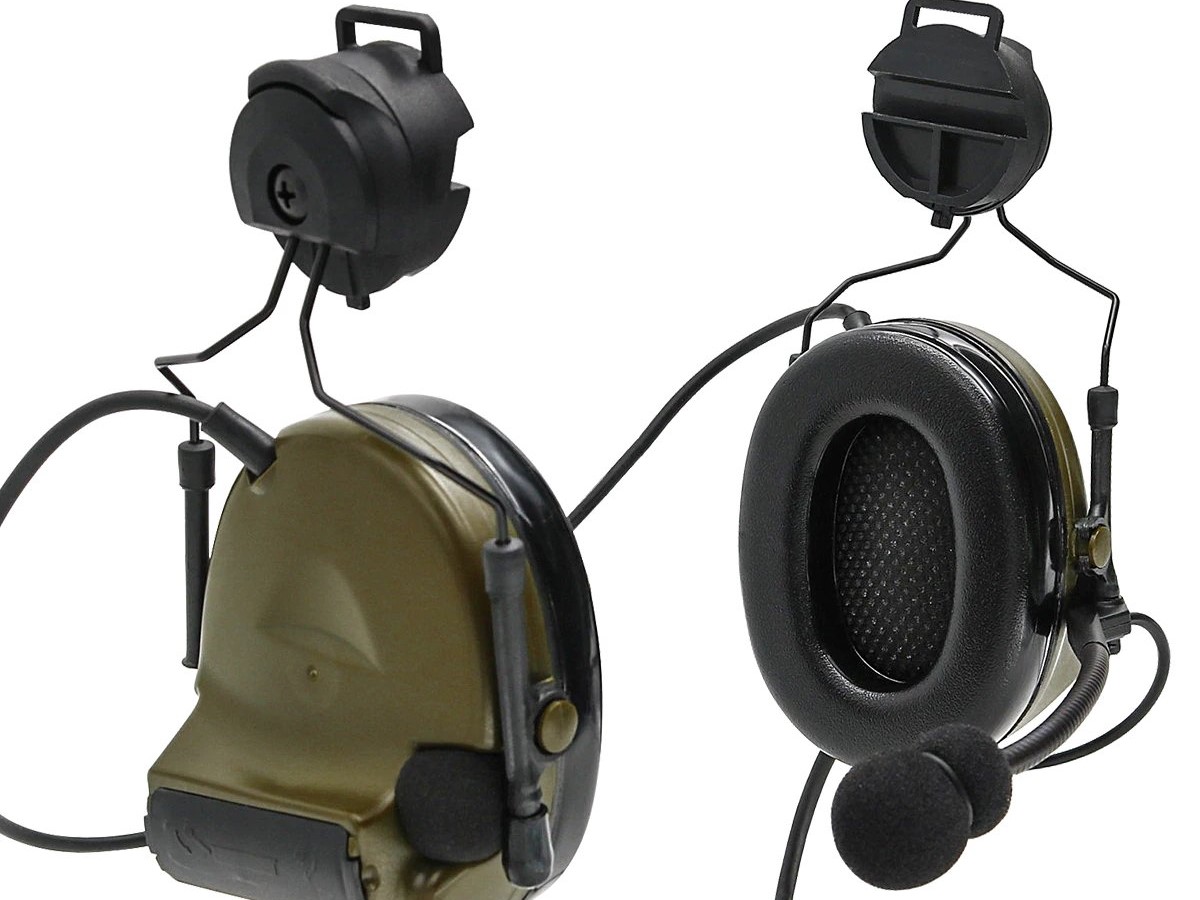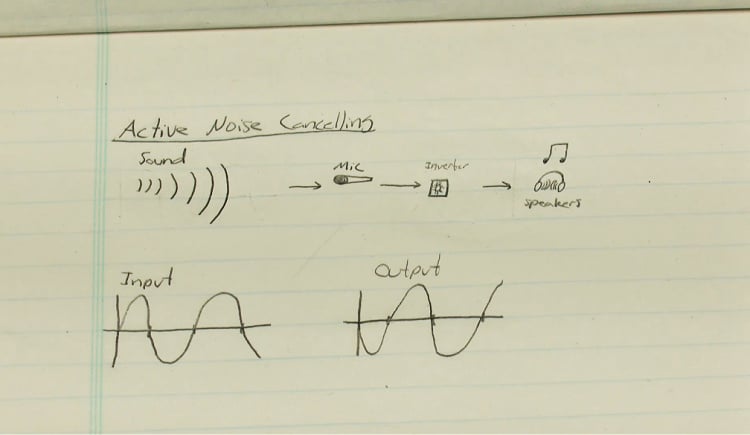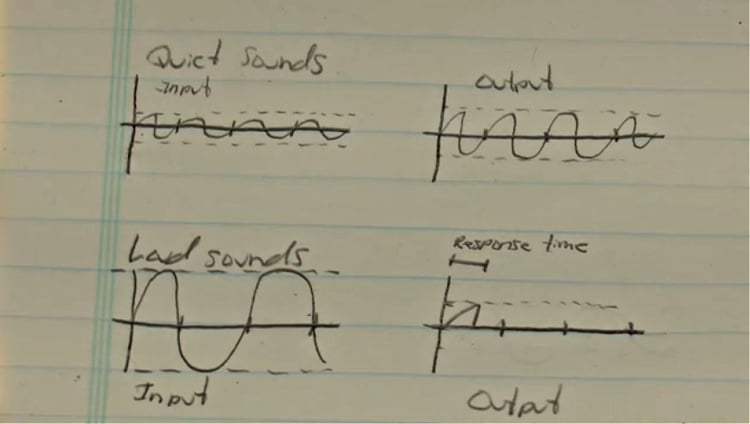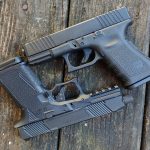How Electronic Hearing Protection Works

You wear your hearing protection when you’re shooting…right? (If you don’t, we’re here to shame you into wearing it.) The options on the market are practically endless with various styles and types of hearing protection (also referred to as “ear pro”) that you can wear. Odds are high you’ve at least considered getting your hands on an electronic set. But do you know how electronic ear pro really works? Budget Tool Reviews is here to help out and drop some ear pro knowledge.
How are noise-canceling headphones different from electronic hearing protection?
Budget Tool Reviews gets pretty detailed regarding how ear pro works. Not only do they talk about sound waves and the steps the electronics go through to suppress or amplify it, they also have graphs so you can visualize it. How do they basically work?
Here’s the diagram of how noise-canceling headphones manage sound:

“Electronic hearing protection is similar [to others] but still different.”
The sound comes in, goes into a microphone, and then into an analyzer which turns down the volume (as opposed to an inverter in noise canceling headphones). When it hears a loud sound, it turns the volume to zero and stops reproducing sound through the headphones.
So, graphically, what does this look like?
It depends on the sound. The input of quiet sound has a very low amplitude, so you’ll hear a boosted(or amplified) version of it. Loud sounds have much higher peaks in their sound waves, so when the computer in the ear pro detects them, it turns the volume to zero. The electronics do have a response time of about ten to fifteen milliseconds between detection of the loud sound and turning the volume to zero.

“Here’s where the confusion comes in. People think that because of the response time, that they are being exposed to loud sounds during that amount of time [but] that is not true. The amplitude is very low, it is not as high as the original sound.”
Watch the YouTube video below to learn more about active noise cancellation, electronic hearing protection, and how they compare to regular earmuffs.
What Does the Decibel Rating Mean?
According to Miracle Ear, “Hearing protection reduces the amount of sound that gets transmitted to the middle and inner ear. The amount of sound reduced, measured in decibels (dB), is called acoustic attenuation. All hearing protection should clearly indicate its attenuation level or noise reduction rating (NRR). Attenuation levels range from 0-30 dB. The best hearing protection will lower total noise exposure to below 85 dB.”
But wait, there’s more good information from the same source:
“Rifles, shotguns, and pistols can fire off sounds as loud as 140-175 dB—much higher than the 85 dB threshold considered safe for our ears.
Worried that protection will hinder your ability to hear approaching game or others’ voices? Many modern hearing protection devices can block harmful, high-decibel noise without affecting your ability to hear quieter sounds:
- Electronic hearing protectors amplify quieter sounds to a safe level, but then shut off and transform into hearing protectors in the presence of loud sounds. They’re available in many styles, including earmuffs, behind-the-ear devices, and custom-molded earplugs.
- Nonlinear, or level-dependent, hearing protectors allow soft-to-moderate sounds to pass through with little to no attenuation. High-decibel sounds are then reduced by means of filters or mechanical valves. (Filters are probably better, as valves may not close fast enough to protect from sudden impulse noise.”
Take care to choose well-made hearing protection from a reputable manufacturer. It doesn’t take much to permanently damage your hearing, so wear your ears even if you’re “only hunting” and “only firing one shot.”
What’s your favorite ear pro? Tell us in the comments below.


